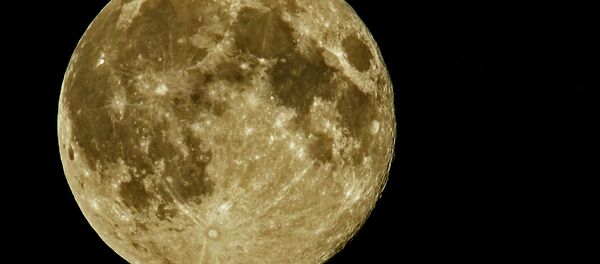The onset of spring, according to the calendars of the UK, US and many other countries in the Northern Hemisphere, is called the Earth's vernal equinox and occurs when the Earth's axis, which is tilted by 23.5 degrees relative to its orbit, neither points towards the Sun, as it does during the Northern Hemisphere's Summer Solstice, nor away from it as it did on the Winter Solstice on December 21 last year, but rather is halfway between the two points.
According to a report on LiveScience, the change is caused by a wobble in the Earth's axis called precession, as a result of which the onset of summer, which this year will be on June 21, happens 30 seconds earlier each year. Precession also causes winter to lose time to autumn, which will begin with the Autumnal Equinox on September 23.
Current scientific hypothesis holds that the 23.5 degree tilt of the Earth with respect to its orbital plane, which gives us our seasons, was caused by the collision of early Earth with a Mars-sized object called Theia. According to the theory, called the Giant Impact Hypothesis, the collision knocked the Earth off-kilter and sent the raw ingredients from which the Moon later formed into orbit around the Earth.



